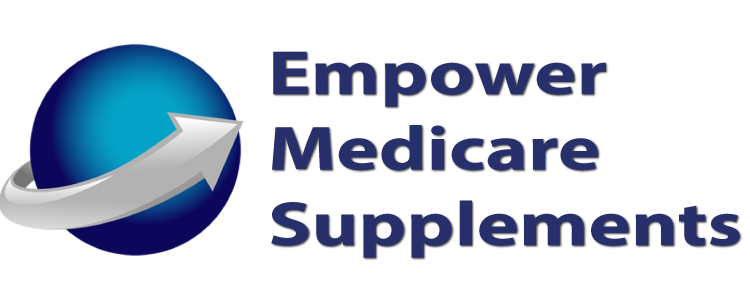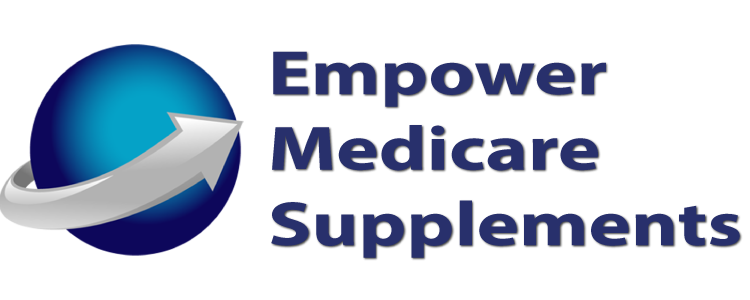Everyone is different when it comes to napping. Midday snooze preferences vary widely, and it seems like everyone has an opinion about whether or not napping is actually good for you. Furthermore, studies show that if you’re craving a nap at a certain time or of a certain length, your body could be trying to tell you something.
Reasons for Napping
Dr. Sara Mednick, Cognitive neuroscientist at The University of California, Riverside, makes the point that it’s vital to ask yourself why you are napping. You could be feeling tired during the day for several reasons: insomnia, stress, depression, sleep apnea, another serious sleep-impacting condition, or some combination of concerns. Sleep researcher Yue Leng of the University of Cambridge claims that “daytime napping is an early indicator of underlying ill health.”
A few health conditions associated with a lack of energy or an irresistible need to sleep midday are as follows:
- Sleep disorders such as narcolepsy and hypersomnia.
- Mental health conditions such as depression, anxiety, PTSD, and bipolar disorder
- Hormone conditions like hypothyroidism, hypothyroidism, Hashimoto’s, pituitary adenoma, nutrient deficiencies, and anemia
- Sleep interrupters like sleep apnea, overactive bladder, insomnia, chronic pain, night terrors, restless legs syndrome, etc.
- Taking the wrong kind or too many of certain prescriptions/over-the-counter medications, not eating well, and/or not getting enough water may also make you feel tired regularly.
Once you’ve thoughtfully considered and ruled out these triggers as the cause of your fatigue, you can approach your napping habit with clearer vision. Naps should supplement your health, not be a symptom of an illness or drug interaction. With that addressed, let’s talk about benefits.
Benefits of Napping
Research indicates that taking the occasional nap is good for most people. Naps between 15-90 minutes have improved important brain functions like memory recall and information retention, attention span, and general creativity. They can lower cortisol levels (the hormone responsible for stress), reinvigorate one’s sense of motivation, and even lower your chances of developing cardiovascular diseases and detrimental levels of inflammation. Some scientists claim that getting a short nap in the middle of the day can be equally as restorative as a full night’s sleep.
However, naps are no replacement for the real thing. In order to reap these benefits, one must also be getting a full night of quality sleep within each 24-hour time span.
Habitual vs. Bad Nappers
Habitual, or natural, nappers account for about 40% of the population. This group benefits from napping and tends to perform poorly, if they do not get a short nap in their day. When habitual nappers do not get their midday nap, they tend to experience dramatic dips in energy that leave them reaching for pick-me-ups like caffeinated beverages. These stimulants make people feel awake but do not actually recharge the body like a nap does. Not napping for people like this can kill their productivity and disrupt their circadian rhythm in harmful ways, making it more difficult for them to regulate their emotions during the day and sleep soundly at night. The key to healthy habitual napping is the ability to fall asleep quickly but stay out of deeper sleep states. This enables them to wake up easily and feel energized even if they’ve only gained a few minutes of additional rest.
On the other hand, the rest of the population are what some sleep specialists refer to as “bad nappers.” Bad nappers either fight to fall asleep or enter deep sleep too quickly, which is known to cause feelings of irritability and fatigue upon waking. If you are a “bad napper,” taking a midday nap does more harm than good. Based on a study by the American Academy of Sleep Medicine, people who are regularly awoken in mid-REM sleep (deep sleep) experience more difficulty with impulse control, self-esteem, and depression, with women suffering more frequently than men.
Type of napper aside, the length of an ideal nap also varies from person to person. Some sleepers report that a 20-minute nap is their benchmark for sleep satisfaction and revitalization, while others need up to 90 minutes of rest to feel energized again at midday. If you’d like to find out your body’s ideal nap length, take note of the time you start to feel fatigued each day and experiment with short, timed sleep as the remedy. Go somewhere as quiet, dark, and stimulus-free as possible, and set an alarm for 10-20 minutes. Pay attention to how you feel after 10-20 minutes of additional rest, and either increase or decrease the time interval from there. If you record your findings in a journal or app, you’re sure to see a pattern after a number of weeks.
If you are tethered to the American 9-5 and unable to nap during the day, a more effective solution to your midday fatigue may be adjusting your bedtime habits or meeting with an endocrinologist to have your hormone levels tested. Sometimes, all you need to subvert daytime sleepiness is storing your phone in the kitchen instead of your nightstand, tucking in half an hour earlier than you’re used to, or having blood test results in the hands of a trusted physician.
Curious about what you can do to improve the quality of your sleep? Check out our article: ‘Making the Most of Your Sleep’ to read our favorite tips.
Got Medicare Questions?
We hope that this information on nap health has been useful to you.
Let us help you answer your questions so that you can get back to the activities that you enjoy the most.
Call (888) 446-9157, click here to get an INSTANT QUOTE, or leave a comment below!
See our other websites:
This article was updated on 1/20/2025.

